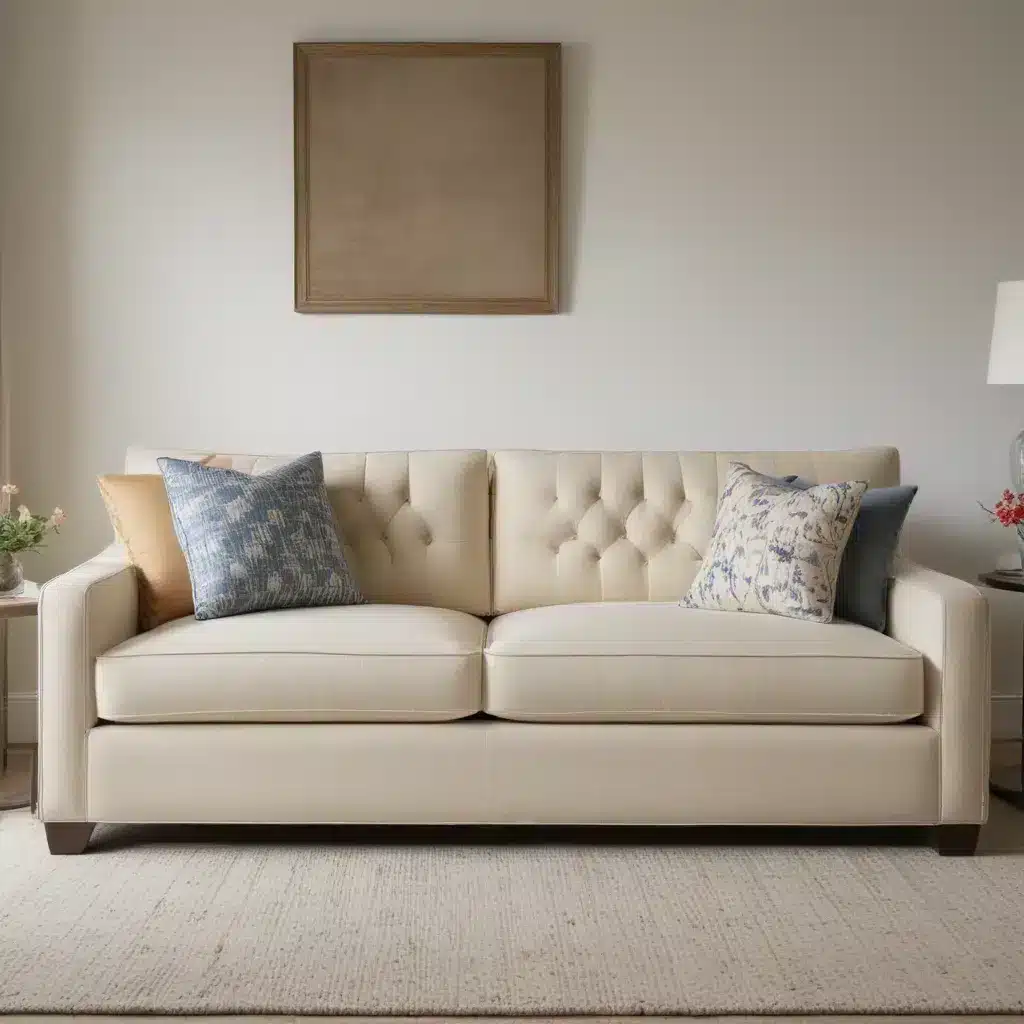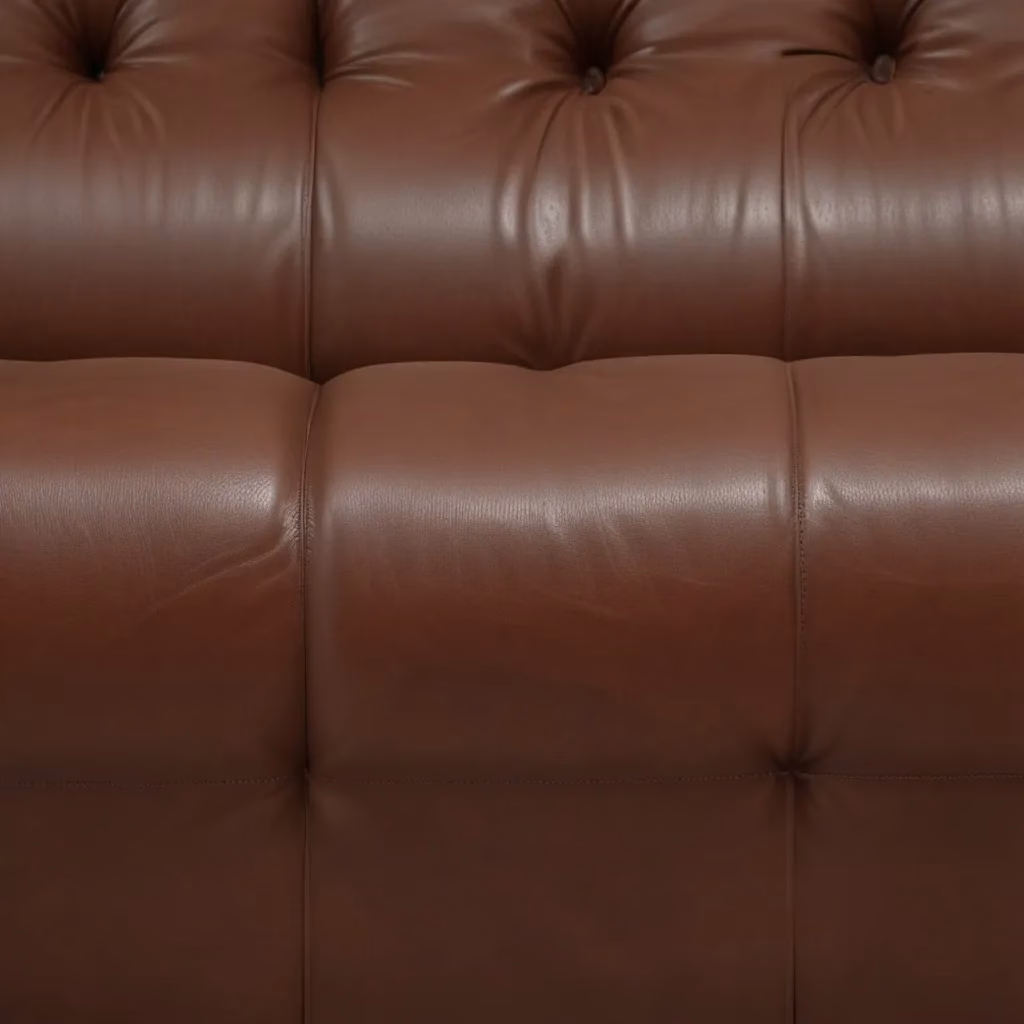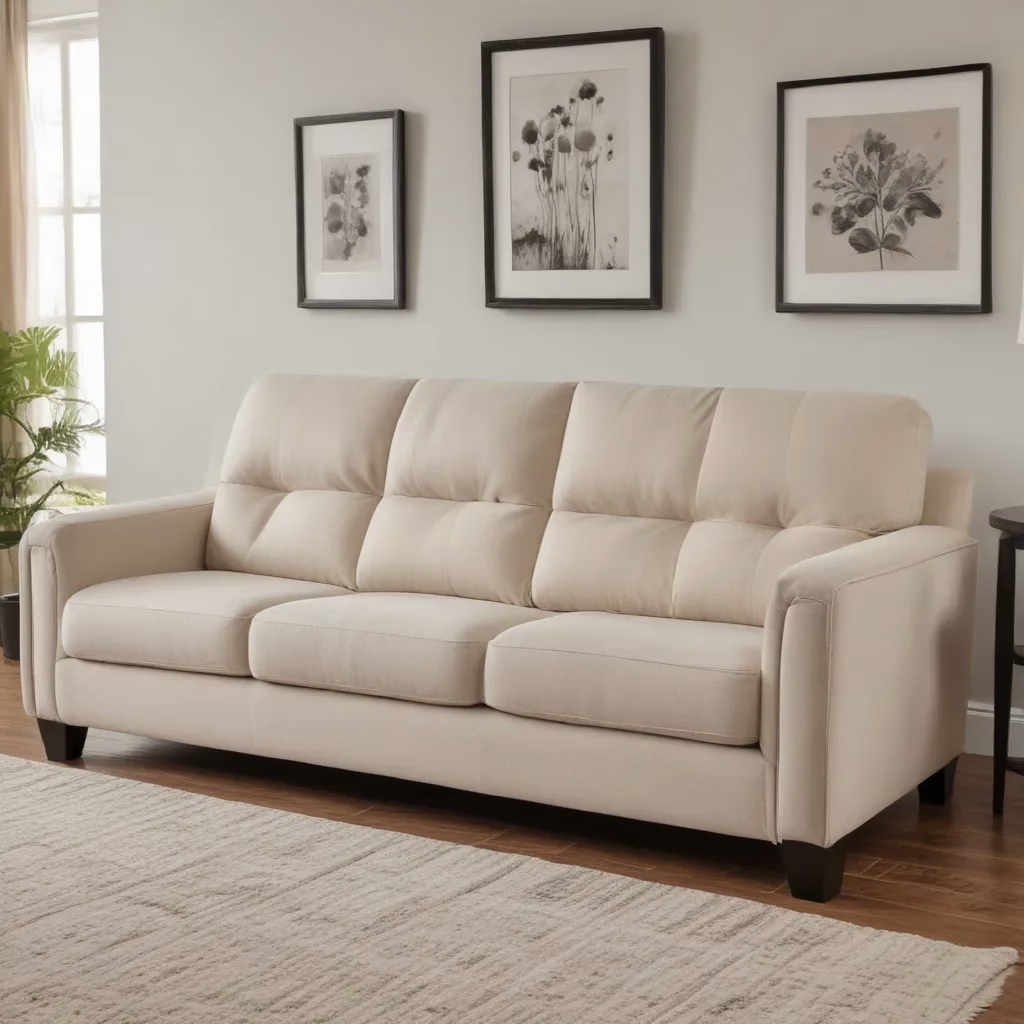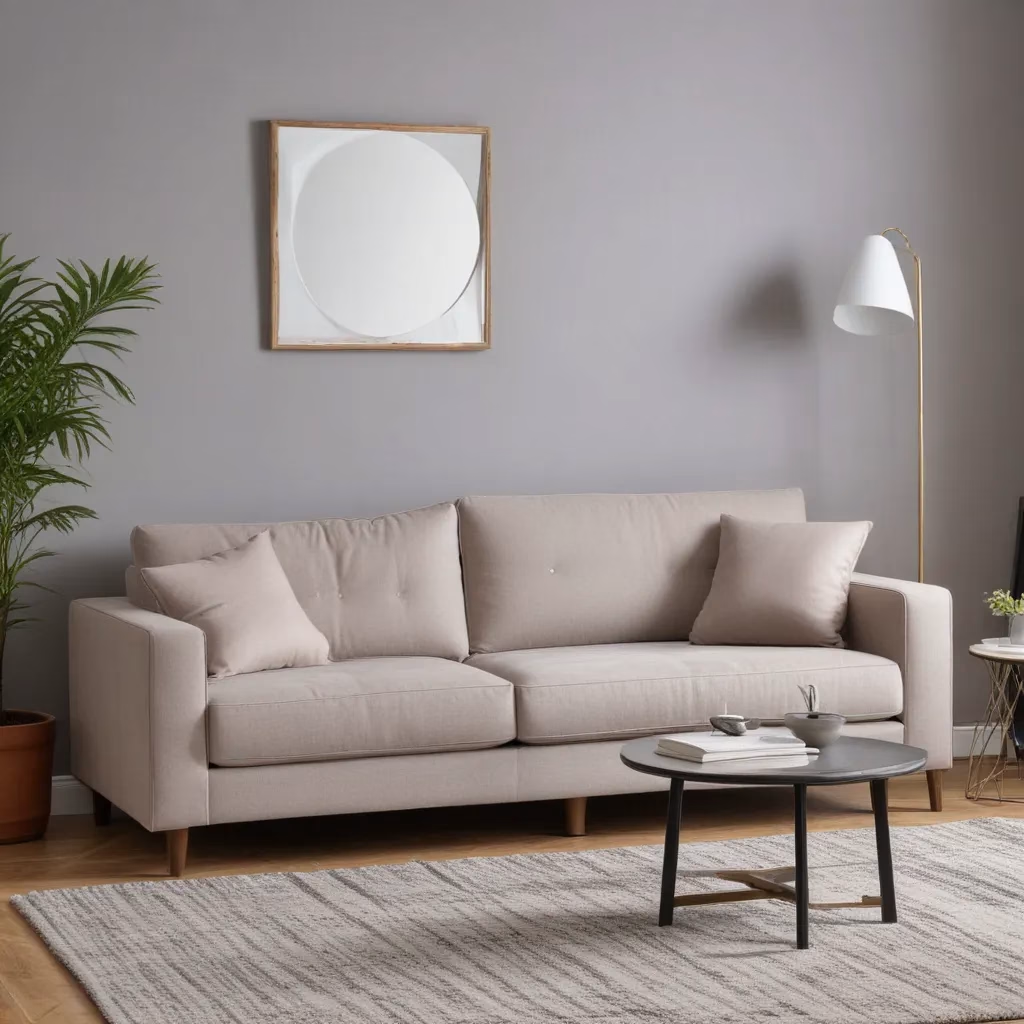The Great Sofa Debacle of 2022
You know that feeling when you finally take the plunge and furnish your first “grown-up” home, only to end up with a rock-hard sofa that makes your bum ache after five minutes? Yeah, me neither. But I sure do sympathize with those who have gone through that particular sofa-induced nightmare.
Earlier this year, I made the classic decorating mistake of buying a couch online without ever testing it out in person. Let me tell you, that thing was as hard as a rock and completely non-refundable. Needless to say, I was in a bit of a pickle.
But after reaching out to some trusted designer friends, I discovered there are actually a few tricks to make even the most uncomfortable sofa a little cozier. From swapping out the cushions to layering on some plush throws, there are ways to breathe new life into that stiff, unyielding lump of a couch.
And that got me thinking – what really goes into making a comfortable, long-lasting sofa in the first place? If I’m going to be sinking my hard-earned cash into a new piece of furniture, I want to make sure it’s going to keep my tush happy for years to come. That’s why I decided to dive deep into the world of sofa fillings and how they impact both comfort and durability.
Cushion Comfort: Down, Foam, and Everything in Between
When it comes to sofa comfort, the real magic happens in the cushions. The type of filling used can make all the difference between a couch that feels like sitting on a cloud versus one that might as well be made of concrete.
According to designer Danielle Rollins, if your sofa’s cushions are too hard, you can try replacing them with down-filled or down-wrapped foam options. This can give them a much more plush and cushiony feel. Another quick fix, as suggested by designer Amy Feldman, is to add a foam insert like SagsAway underneath the existing cushions to provide extra support and comfort.
Now, let’s dive a little deeper into the various cushion filling options and how they stack up:
Down Filling
– Pros: Incredibly soft and conforming, providing excellent comfort and pressure relief. Down is also naturally breathable and hypoallergenic.
– Cons: Can be more expensive, and the filling may shift or bunch over time, requiring regular fluffing and maintenance.
Foam Filling
– Pros: Highly durable and retains its shape well. Foam cushions also tend to be more affordable than down.
– Cons: May not provide the same level of sink-in comfort as down. Cheaper foam options can also break down more quickly.
Feather Filling
– Pros: Offers a comfortable, plush feel similar to down, but often at a lower price point.
– Cons: Can be less durable than down, and the feathers may poke through the cushion fabric over time.
Polyester Fiber Filling
– Pros: Inexpensive, easy to clean, and relatively durable.
– Cons: May not provide the same level of comfort and support as other fillings. Can also be prone to clumping and losing its shape.
As you can see, there’s no one-size-fits-all solution when it comes to sofa cushion fillings. The “best” option really depends on your personal preferences, budget, and how you plan to use the sofa. For example, if you have young kids or pets who might be rough on the cushions, a durable foam or polyester filling might be the way to go. But if supreme comfort is your top priority, splurging on down or feather-filled cushions could be worth it.
Sofa Frames: The Sturdy Foundation
While the cushions play a huge role in sofa comfort, the frame itself is what ultimately determines the long-term durability of your couch. After all, what good is a plush, sink-in-able seat if the whole thing is going to fall apart in a few years?
When it comes to sofa frames, the material used is crucial. Here’s a quick rundown of some common options and their pros and cons:
| Material | Pros | Cons |
|---|---|---|
| Hardwood (e.g. oak, maple, birch) | – Extremely durable and long-lasting – Can withstand heavy use – Provides a solid, sturdy feel |
– Generally more expensive than other options – Heavier and more difficult to move |
| Engineered Wood (e.g. plywood, particleboard) | – More affordable than solid hardwood – Still fairly durable – Lighter weight |
– May not be as strong or long-lasting as solid wood – Can be prone to warping or cracking over time |
| Metal (e.g. steel, aluminum) | – Highly durable and resistant to wear and tear – Lightweight and easy to move |
– Can feel less “premium” than wood frames – May not provide the same level of stability |
| Combination (e.g. wood frame with metal legs) | – Blends the strength of wood with the lightweight benefits of metal | – Can be more expensive than single-material frames |
When shopping for a new sofa, be sure to pay close attention to the frame construction. Reputable brands like Sofas Spectacular will always be transparent about the materials used and may even offer customizable frame options to suit your needs.
Durability Dilemmas: Fabric, Leather, and Beyond
Of course, the sofa’s frame and cushions aren’t the only factors that impact durability. The type of upholstery fabric or leather you choose can also make a big difference in how long your couch stands the test of time.
As one frustrated Redditor learned the hard way, a cheap, low-quality sofa can look and feel cheap, no matter how much you spend. And that’s not a risk worth taking, especially for a major investment like a new couch.
When it comes to upholstery options, there are pros and cons to both fabric and leather:
Fabric Upholstery
– Pros: Wide variety of colors, patterns, and textures to choose from. Typically more affordable than leather.
– Cons: May be more susceptible to stains, fading, and general wear and tear over time.
Leather Upholstery
– Pros: Extremely durable and easy to clean. Develops a unique, “lived-in” patina over time.
– Cons: Generally more expensive than fabric. Can show signs of wear (e.g. scratches, scuffs) more readily.
Of course, there are also hybrid options that combine the best of both worlds, like microfiber or performance fabrics that offer the look and feel of traditional upholstery with added durability and stain resistance.
Ultimately, the “best” upholstery choice comes down to your personal style preferences, budget, and how you plan to use the sofa. If you have young kids or pets, you might want to prioritize something durable and easy to clean. But if you’re looking for a luxurious, high-end look, splurging on a quality leather sofa could be worth it.
The Nap-Worthy Nook: Mastering Sofa Comfort and Durability
As someone who has definitely learned the hard way that not all sofas are created equal, I can tell you that finding that perfect balance of comfort and durability is no easy feat. But with a little research and a willingness to invest in quality, it is absolutely possible to create a cozy, long-lasting sofa oasis in your home.
From plush down-filled cushions to sturdy hardwood frames, there are so many ways to customize your sofa to suit your unique needs and lifestyle. And don’t be afraid to get creative with throws, pillows, and other accessories to really amp up the comfort factor.
After all, your living room should be a sanctuary – a place to sink in, unwind, and maybe even sneak in the occasional mid-day nap. So why settle for anything less than a sofa that’s tailored to your comfort preferences and built to last?
Whether you’re in the market for a brand-new couch or looking to breathe new life into an old one, I hope this deep dive into sofa fillings, frames, and fabrics has given you the insights you need to make an informed decision. After all, isn’t that what every grown-up decorator dreams of? A couch that’s as stylish as it is snooze-worthy.
So go forth, my fellow furniture fanatics, and create your own nap-worthy nook. Your tush (and your inner interior designer) will thank you.




